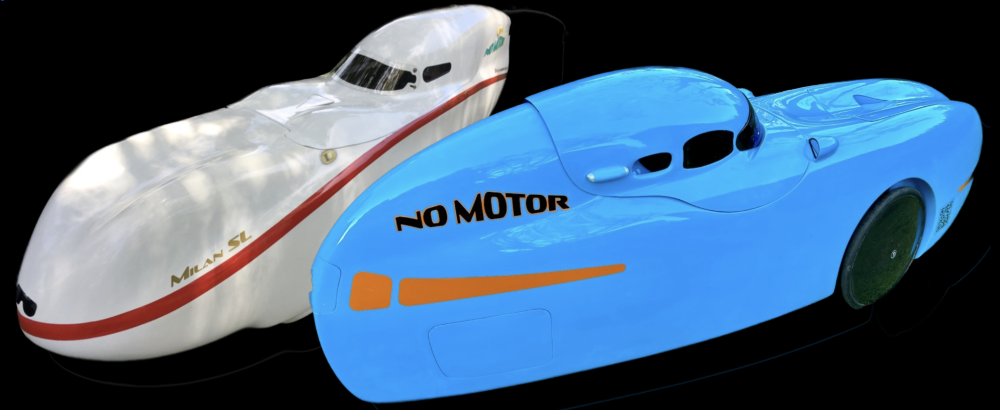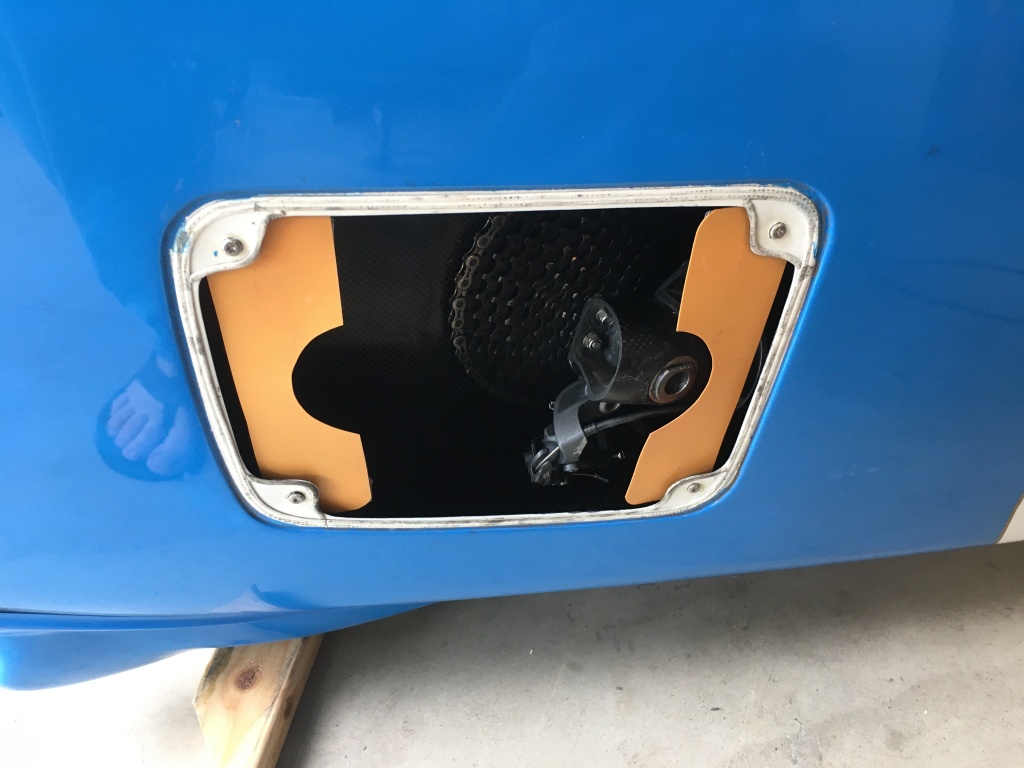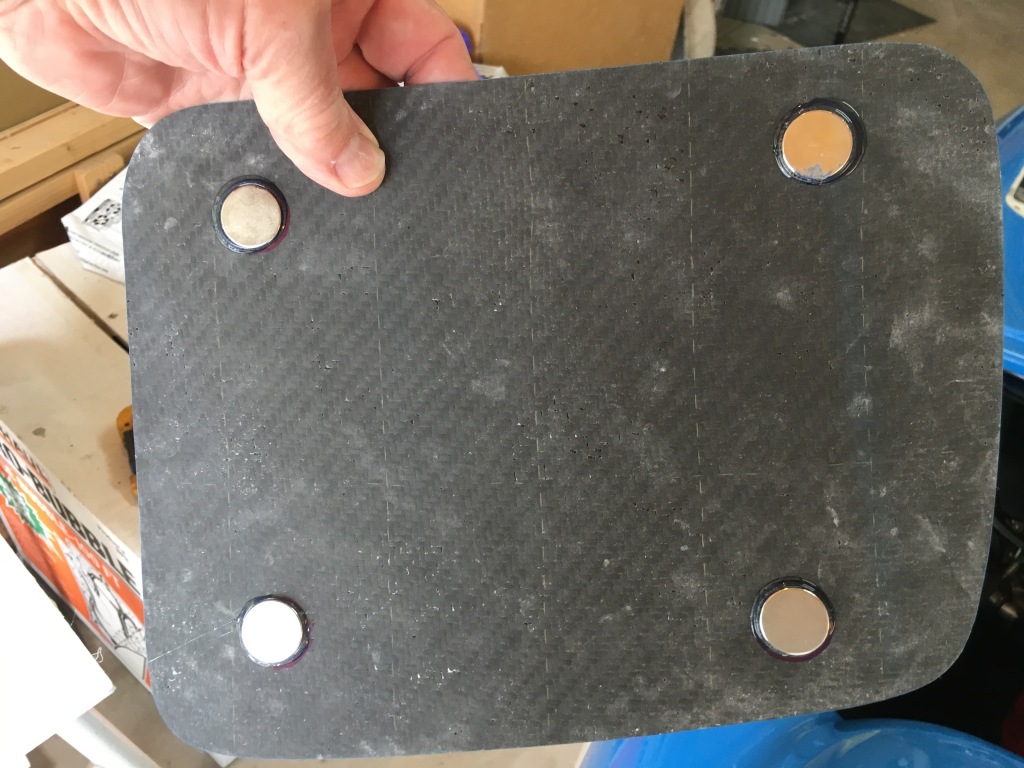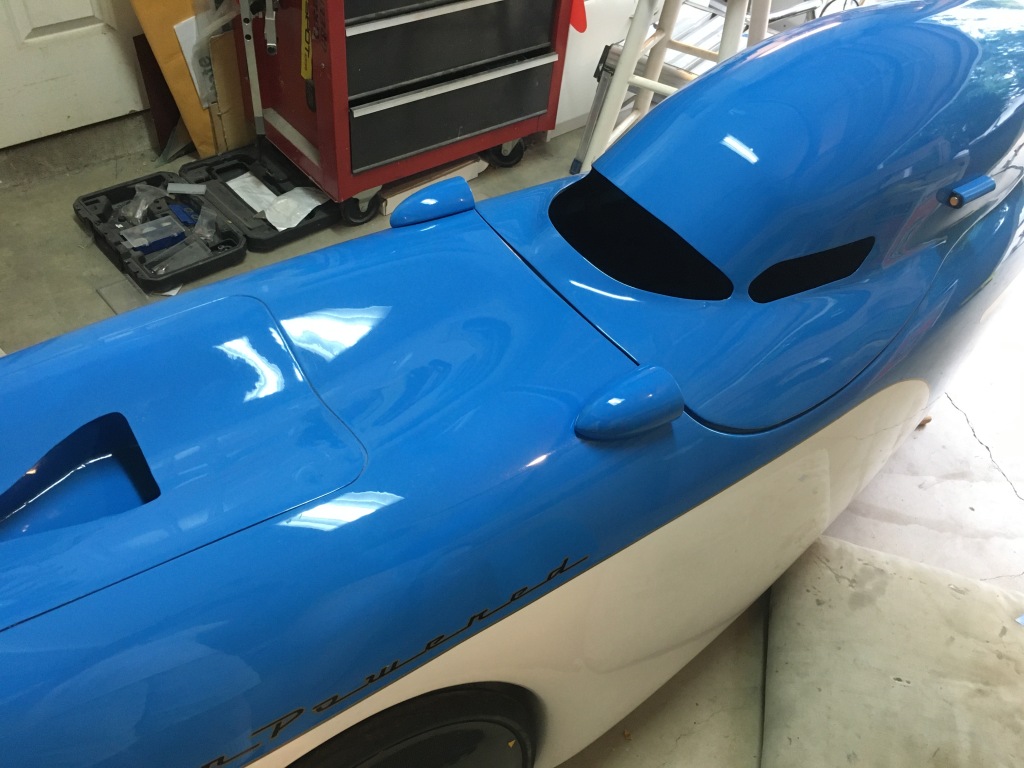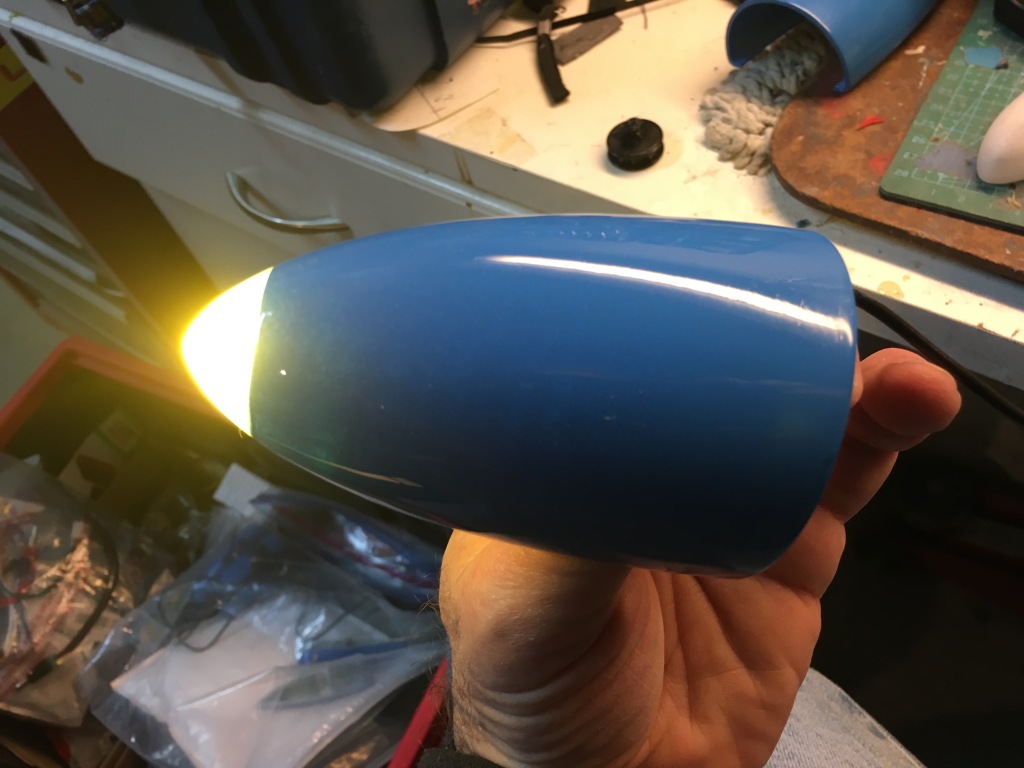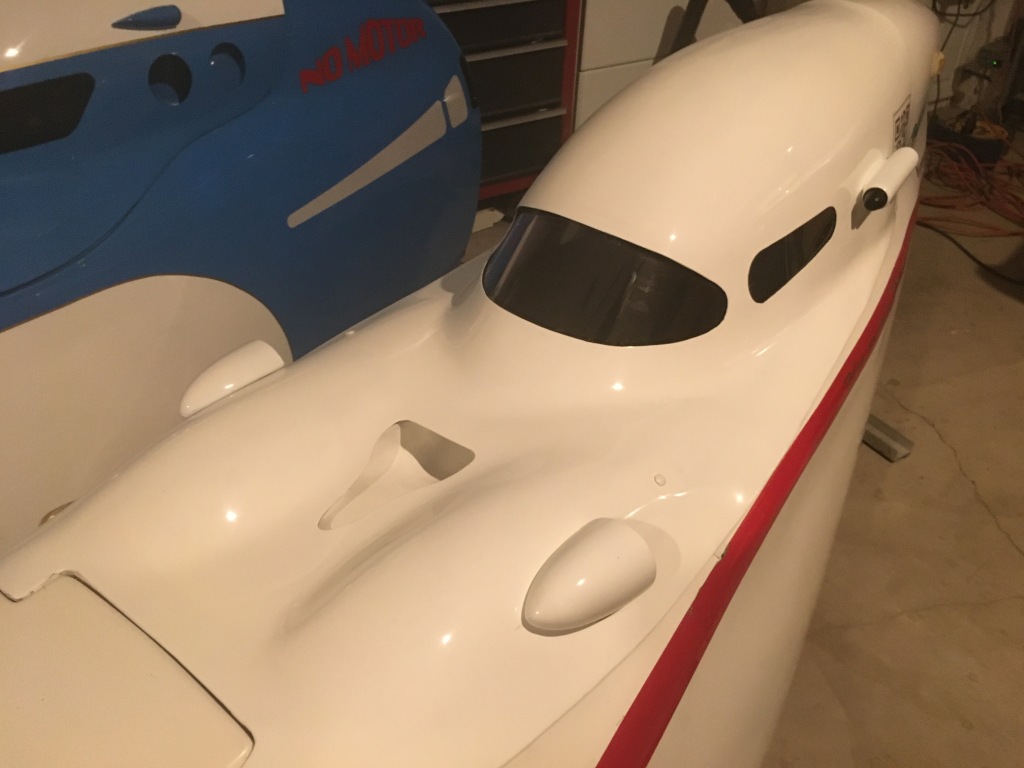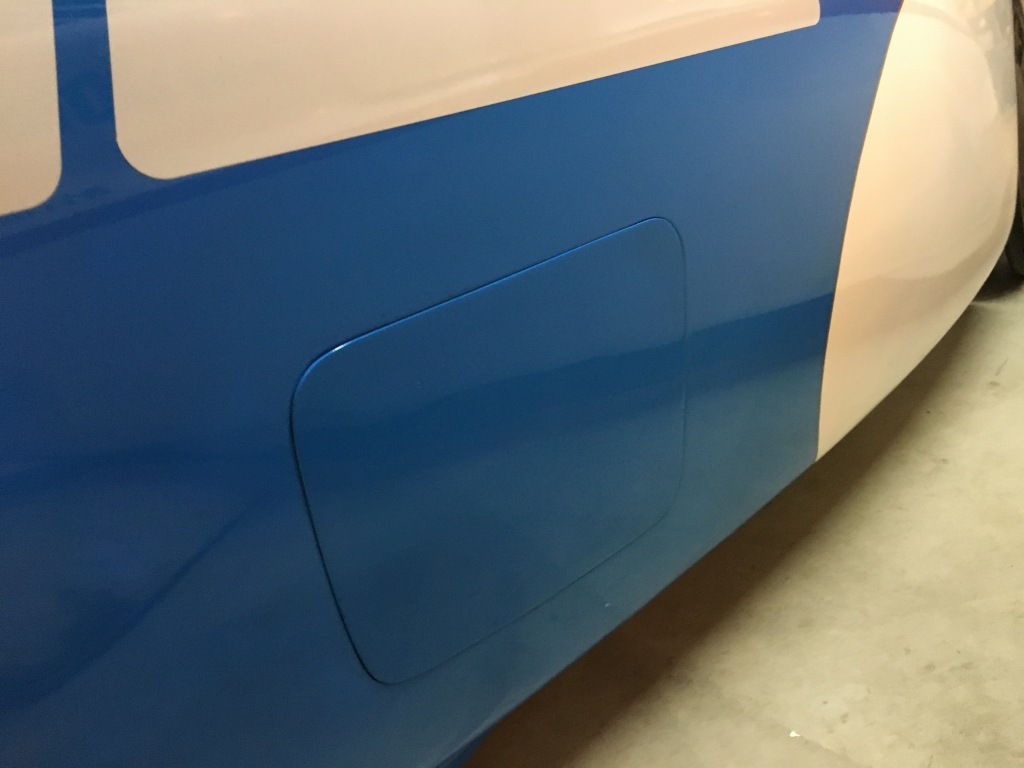
This modification falls under the category of “that guy must have too much time on his hands”. I’ve admired how the Alpha 7 foregoes the use of screws to mount the front access panel and the rear derailleur panel. The DF has unsightly M4 screws holding both panels in place. I’ve already converted the mounting of my DF’s front access panel from screws to magnets. However, my rear derailleur panel was still held on with M4 screws. OK. This is really a pretty trivial thing. I know. But, with the encouragement of my friend, Doug, I decided to convert my panel to mount securely with magnets. This modification had to be reversible so no permanent changes would be made to the DF.
I first made a mold of my existing rear panel so that I could make my own copies and keep my factory panel intact. I laid up my first part with a layer of gelcoat and 2 plys of carbon fiber twill. This part came out slightly thicker than stock by still usable.
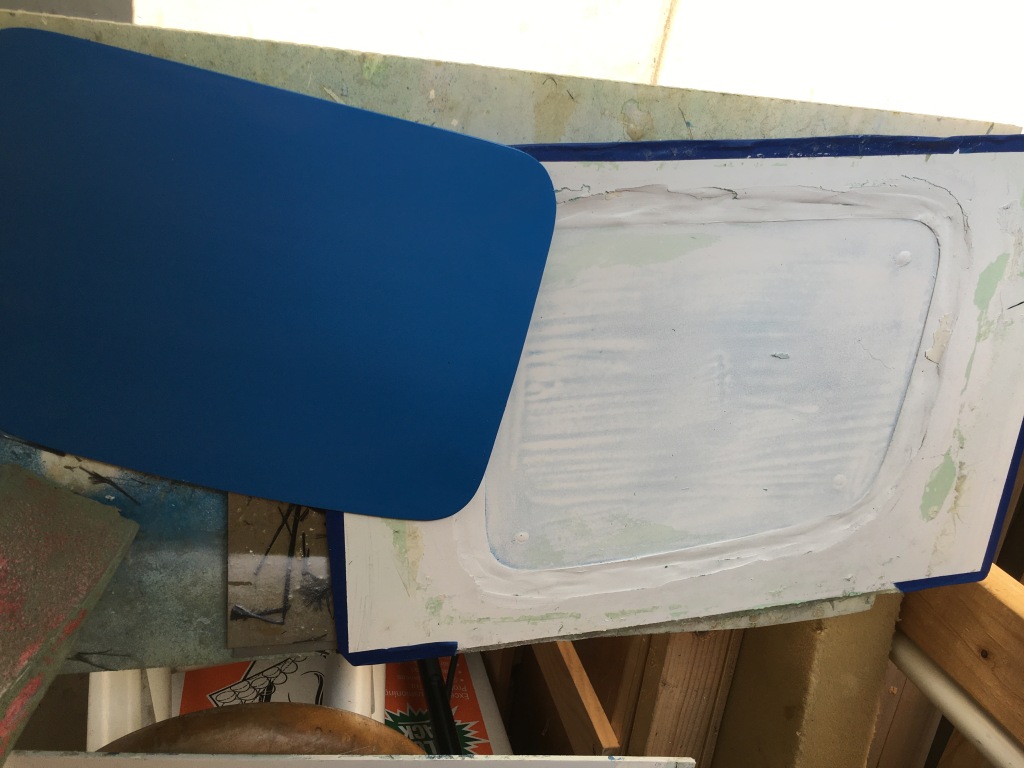
Next, I had to come up with a way to mount the magnets on the DF body in a non-permanent way. I ended up doing something similar to my approach with the front panel. I stretched some thin flexible abs plastic sheet (the orange pieces in the photo below) across the screw holes and taped some magnets on the backside of the plastic. I used some M4 button head screws and nuts in the stock holes to mount the strips. The magnets were held on with gorilla tape. The magnets on the panel were glued in place with E6000 glue.
The panel mounts with a loud “thunk” and seems very secure. I’ll wait until I’ve had a few successful rough rides before I declare victory but I’m pretty confident that the panel will stay in place.
